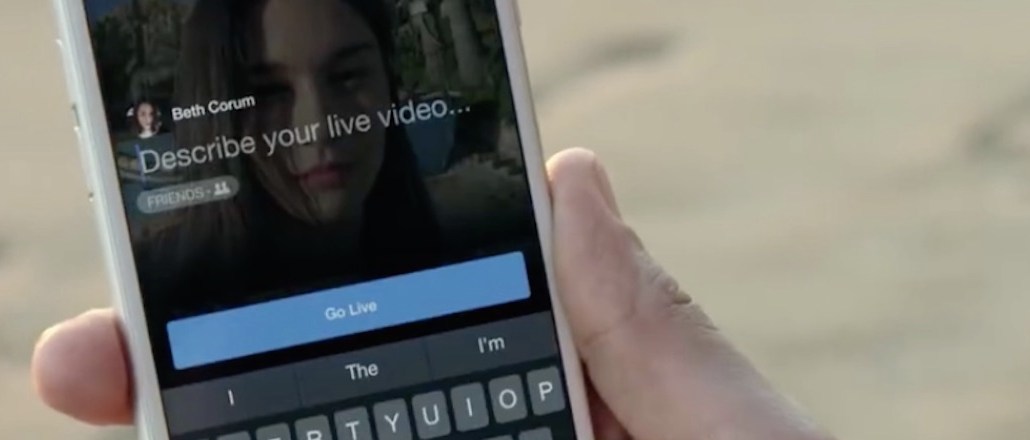
When BuzzFeed went live on Facebook with an exploding watermelon trick, 800,000 viewers watched at one point. What it didn’t do was bring in a penny in advertising dollars.
Now, a number of publishers say that Facebook is telling them the money will come. In fact, Facebook is considering testing commercials right in the live stream. It’s unclear if the ads served would be a mid-roll video or a type of display ad, however, and sources said any product could still be months off.
Still, the social network is considering an ad that goes right into videos, which would be a first for any type of video there, according to multiple publishers who have discussed monetization with Facebook. According to publishers, pre-roll video is still off the table, but a commercial that plays during downtimes in a broadcast could work.
“Where there are natural breaks in a live event, then there’s opportunity for advertising. Viewers are already used to that type of advertising, whether it’s at the end of the quarter of an NFL game, halftime at the Super Bowl, or during downtime on the red carpet at the Oscars, maybe that works,” said Gareth Capon, CEO of Grabyo, a video tech firm that helps media companies live stream on Facebook.
An ad product would be welcomed by Facebook’s publishing partners who still aren’t making much money from their content on the platform, whether it’s in the form of Instant Articles or video.
As Facebook Live gets off the ground, including new tools to create high-quality broadcasts, the creators of the content are trying to figure out how to actually make money from this new channel. As usual, Facebook built a powerful media distribution platform that disrupts the old model, but it left making money secondary.
Facebook appears to be hoping it makes money from brands that go live themselves and pay to promote their events, events like product launches. “This seems to be a play to bring live unveilings, product sneak peeks and the like back to Facebook,” said Blue Derkin, associate director of social strategy at DigitasLBi.
Facebook has rewritten rules around branded content in recent weeks, allowing companies more flexibility to post videos that have been paid for by sponsors. The rules on branded content let them now flash logos on the screen briefly, post an end card with a brand message on it, or read out a sponsored message like a podcast.
“We’re working with a lot of brands to produce and distribute branded content,” said Athan Stephanopoulos, president at NowThis, which claims 1.6 billion monthly video views, most from Facebook. “We see the opportunities on Facebook and are leaning in around suggested video and other ways to build meaningful monetization.”
Suggested video is a revenue sharing program, where Facebook splits ad sales with premium video publishers. However, the program seems to benefit high-volume video publishers like NowThis, and is not contributing to everyone’s coffers, sources said.
Facebook declined to comment for this story. When asked recently by Fortune about monetizing live video, the social network only said it was not out of the question.
“They need to monetize that product, and contextually relevant ads are one way to do this. It will be interesting to see if they’ll only allow the brands streaming to insert ads, or if it’s an open marketplace,” said Jill Sherman, svp of social strategy at DigitasLBi.
More in Media

Media Briefing: Step by step, publishers are building toward an agent-led ad business
Agentic AI-driven media trading could wipe out a lot of the problems caused by its programmatic predecessor. Namely, ad tech middlemen.

In Graphic Detail: How AI search is changing publisher visibility
AI platforms like ChatGPT and Google AI Mode are driving more search activity. Some publishers are gaining visibility — but not traffic.

AI royalties for small and midsize publishers: collective licensing’s next big play
Don’t credit OpenAI’s ChatGPT, credit corporate LLMs – enterprise RAG is what’s creating royalty revenue for publishers.





